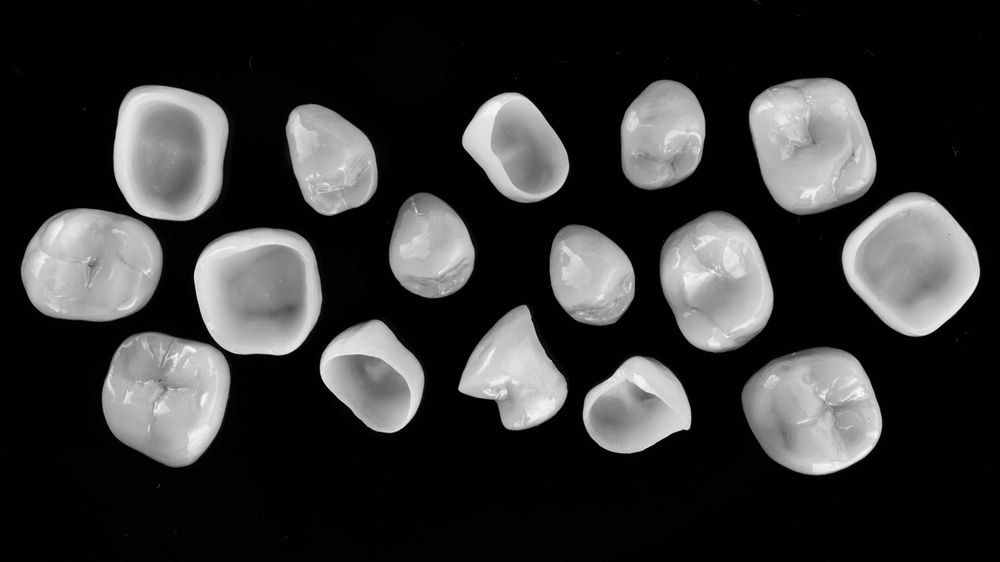If you’ve been told you might need a dental crown, you may be wondering what that actually involves. Crowns are a common dental solution used to restore the shape, function, and strength of a damaged tooth. At BlueJay Family Dental in Council Bluffs, IA, Dr. Steven Fidone often educates patients on what to expect during this restorative procedure. While the idea of a crown might sound intimidating, the process is straightforward and designed to preserve your natural tooth as much as possible. This blog will walk you through the entire experience of getting a dental crown—from the initial consultation to the final placement.

What is a Dental Crown?
A dental crown is a custom-made cap that covers a tooth entirely. It is typically used when a tooth is weakened, broken, or has a large filling and is no longer structurally sound on its own. Crowns can also be used after root canal therapy, for cosmetic enhancements, or to anchor a dental bridge. They restore both appearance and function by mimicking the shape and strength of a natural tooth.
Crowns can be made from a variety of materials, including porcelain, ceramic, metal alloys, or a combination of materials like porcelain fused to metal. The choice of material depends on several factors, such as the location of the tooth, your bite, aesthetic concerns, and budget. A well-crafted crown blends seamlessly with your existing teeth and can last many years with proper care.
Initial Examination and Diagnosis
The crown process begins with a thorough dental examination. Your dentist will evaluate the affected tooth using visual inspection, X-rays, and sometimes additional diagnostic tools to assess the extent of damage or decay. The purpose of this evaluation is to determine whether a crown is the most suitable treatment or if another approach, such as a filling or inlay, might be more appropriate.
During this appointment, your dentist will also look at the tooth’s surrounding structures, including the gums and neighboring teeth. If the tooth is badly decayed or fractured, a root canal may be necessary before placing the crown. Patient input is also considered at this stage, especially when it comes to choosing the crown material and discussing the overall treatment plan. Transparency and education are key components of the planning phase.
Tooth Preparation
Once the decision is made to proceed with a crown, the next step is tooth preparation. This is typically done under local anesthesia to ensure comfort throughout the procedure. The dentist will carefully reshape the tooth, reducing its size on all sides to create space for the crown. The amount of enamel removed depends on the type of crown being used.
In some cases, if a significant portion of the tooth is missing due to damage or decay, a filling material may be used to build up the tooth and provide a solid foundation for the crown. This step is critical to ensure the crown will fit properly and remain stable over time. The dentist will then take an impression or digital scan of the prepared tooth and surrounding teeth. This impression serves as the blueprint for your custom crown.
Temporary Crown Placement
After the tooth has been prepared and impressions taken, a temporary crown is usually placed to protect the tooth while the permanent crown is being fabricated. Temporary crowns are typically made from acrylic or resin and are cemented with a weaker adhesive so they can be easily removed at the next visit.
Temporary crowns allow you to maintain tooth function and appearance during the waiting period, which usually lasts one to two weeks. However, they are not as durable as the final crown, so you’ll need to avoid sticky or hard foods and be careful when chewing. You may also experience some mild sensitivity, especially to hot or cold temperatures, but this usually resolves once the permanent crown is in place.
Final Crown Placement
When the permanent crown is ready, you’ll return to the dental office for placement. The dentist will remove the temporary crown and clean the tooth. Then, they’ll check the fit and color of the new crown, making any necessary adjustments to ensure it matches your bite and looks natural alongside your other teeth.
Once everything is confirmed, the crown is cemented into place using a strong dental adhesive. The dentist will evaluate your bite and polish the crown to a smooth finish. This final step ensures the crown feels comfortable and functions like a natural tooth. After placement, most patients are able to resume normal eating and oral care routines almost immediately.
Recovery and Aftercare
Recovery from a dental crown procedure is typically minimal. You may experience some mild soreness in the gum area or sensitivity in the crowned tooth for a few days, but this usually subsides quickly. Over-the-counter pain relievers are generally sufficient for managing any discomfort during this time.
Maintaining good oral hygiene is essential for prolonging the life of your crown. Brush and floss regularly, and avoid habits like teeth grinding or using your teeth to open packaging. Regular dental check-ups will help monitor the health of your crown and the surrounding teeth and gums. With proper care, a dental crown can last 10 to 15 years or more, depending on the material and your oral hygiene habits.
Common Questions About Dental Crowns
Patients often have questions about the crown process, especially when it comes to cost, durability, and appearance. Here are a few of the most common concerns:
Do crowns look natural? Yes, especially those made from porcelain or ceramic, which are matched to the color of your existing teeth.
Is the procedure painful? Local anesthesia prevents discomfort during preparation, and post-procedure pain is typically mild and short-lived.
How long does it take? The process usually requires two visits over the span of one to two weeks.
These answers help reduce anxiety and prepare patients for a smoother, more predictable experience.
Getting a dental crown is a routine procedure with significant benefits for both function and aesthetics. At BlueJay Family Dental in Council Bluffs, IA, Dr. Steven Fidone encourages patients to understand each step of the crown process so they can feel confident and informed about their dental care.
Resources:
Shillingburg, H. T., Hobo, S., Whitsett, L. D., Jacobi, R., & Brackett, S. E. (1997). Fundamentals of Fixed Prosthodontics. Quintessence Publishing.
Goodacre, C. J., Campagni, W. V., & Aquilino, S. A. (2001). Tooth preparations for complete crowns: An art form based on scientific principles. Journal of Prosthetic Dentistry.
Pjetursson, B. E., Sailer, I., Zwahlen, M., & Hämmerle, C. H. F. (2007). A systematic review of the survival and complication rates of all-ceramic and metal–ceramic reconstructions. Clinical Oral Implants Research.
